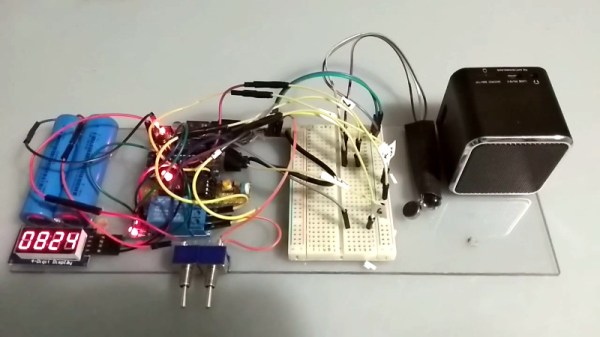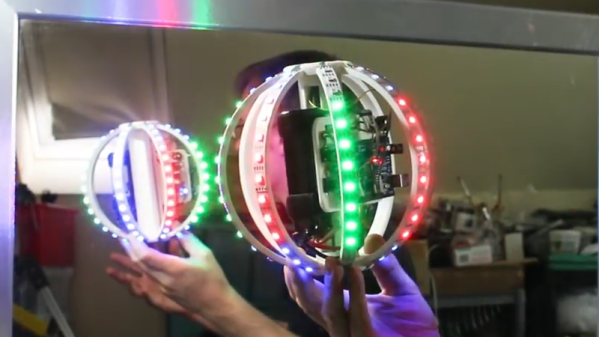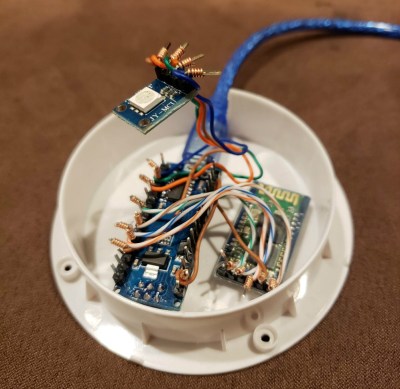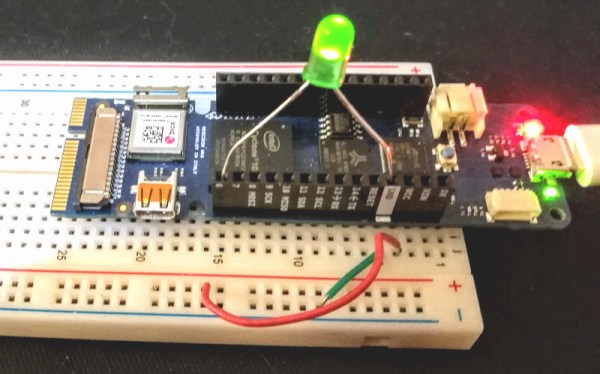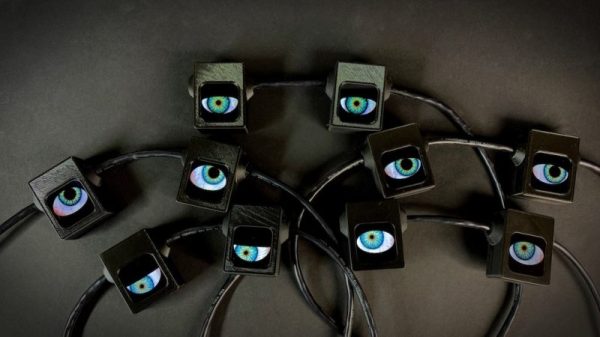The ticking clock on the bomb is a Hollywood trope that simply refuses to die. Adding to the stress levels of the bomb squad and creating great suspense for the watcher, it’s always interesting to wonder why the average bomb maker is so courteous as to supply this information to law enforcement. Regardless, if you’d like to build a dramatic prop and are mature enough to do so responsibly, [Giorgio] has the guide you need.
The build is a straightforward one, relying on an Arduino to run the show. This is hooked up to a classic 7-segment LED display, upon which the countdown is displayed. For extra flair, an MP3 player is fitted to play the Mission Impossible theme. It all adds to the tension as you wipe the sweat from your brow, trying to decide if you’re cutting the right wire.
It’s a build that would be an excellent prop for a film production or a fun game at a holiday party. However, it’s also a build that could easily be mistaken for the real thing by those less technically inclined. Even the most innocuous homebrew projects have caused problems for innocent hackers in the past. Fake bombs can be incredibly dangerous, just like the real thing, so it’s important to be careful.
We’ve seen other takes on this kind of build before, too. As always, build responsibly.

